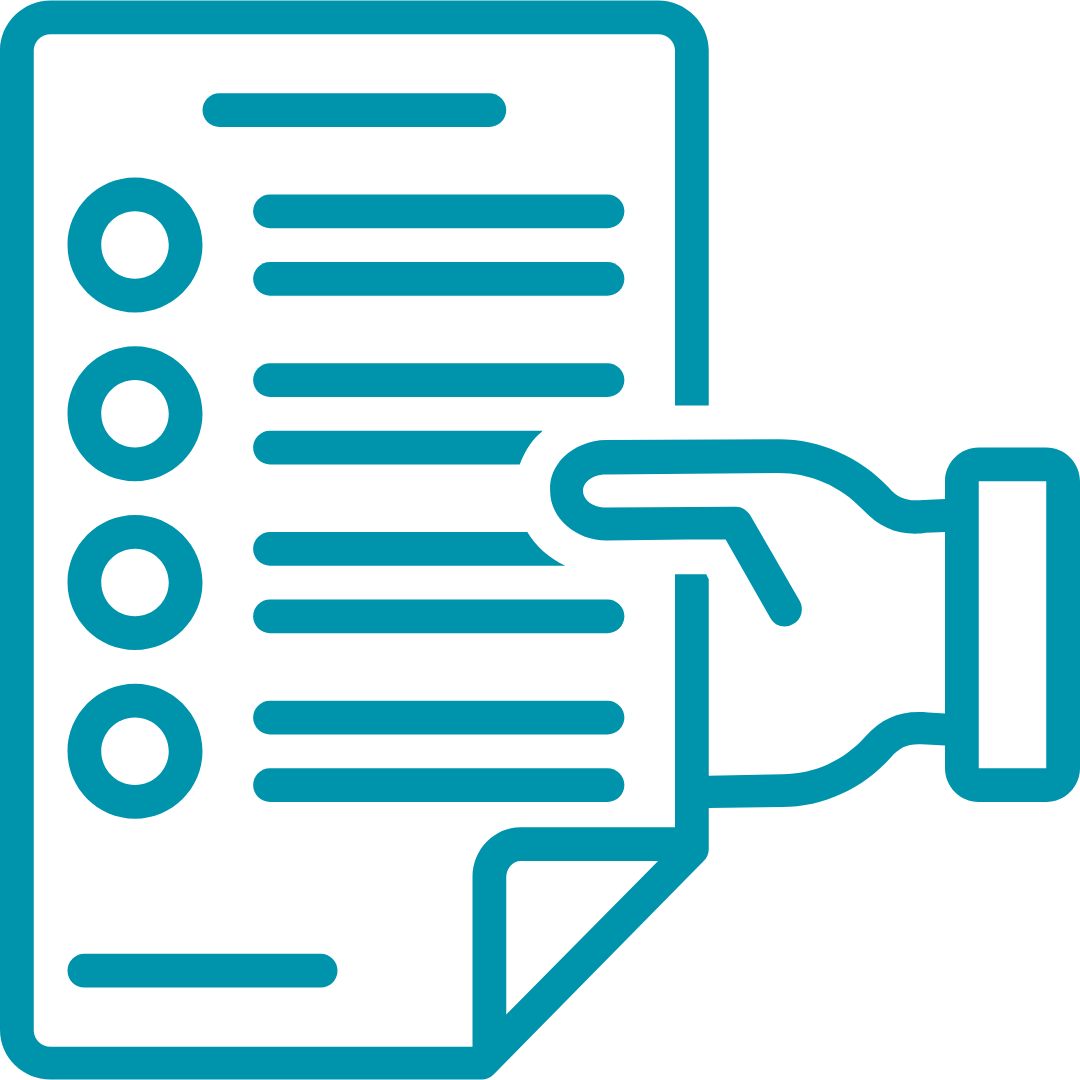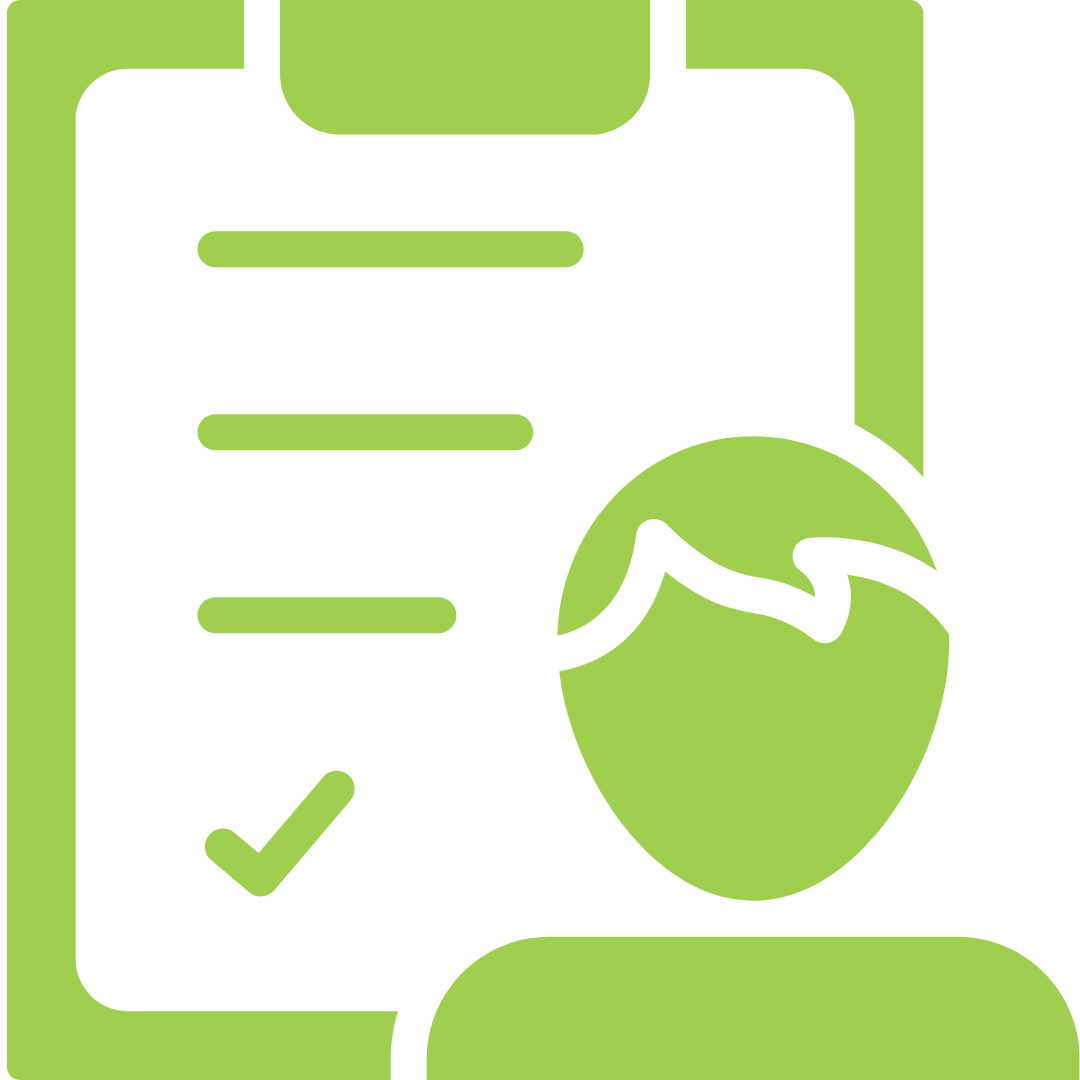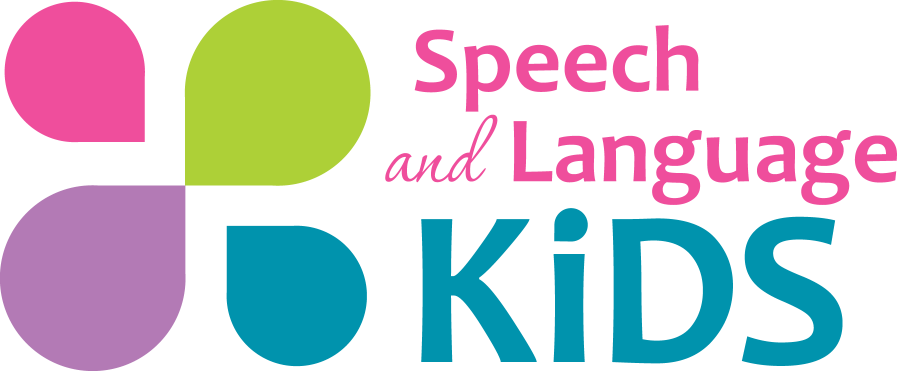5 Inferencing Activities for Speech Therapy
An inference is when you use clues present (in text or in real life) along with your background knowledge to make a guess about something that’s not explicitly known.
For example, if you see an “out of order” sign, you can use that clue and combine it with your background knowledge that “out of order” means something is broken. You can then make an inference that the toilet or sink is broken in that bathroom. This can be a tricky skill for our children with language delays to learn. Here are our resources for teaching this skill.
Need some ideas for working on Inferencing? Hallie Sherman from Speech Time Fun shared her tips in this video! #speechieshow
Below are the links to the products that were talked about in the Speechie show:
- Blog post on using commercials: http://bit.ly/STF-InferCommercials
- Visuals on a stick: http://bit.ly/STF-InferandBackgroundKnowledgeBlog
- Giveaway item: http://bit.ly/STF-ExpressingInferences
- Inferencing resources: http://bit.ly/STF-InferencingResources
- Instagram https://www.instagram.com/speechtimefun/
If you’d rather listen to the audio version of the Speechie Show, click here:
Or if you prefer to read the transcript, see below:
Welcome to the Speechie Show! Being a speech-language pathologist often means having too much work and not enough planning time. To beat the overwhelm, we’re bringing you the tricks and tools that will make your job a little bit easier.
Carrie: Welcome to the species show. I am your host Carrie Clark from SpeechandLanguagekids.com and I am here today to talk about inferencing with Hallie Sherman from speech time fun, how are you Hallie?
Hallie: I’m good thank you so much for having me!
Carrie: Good. I guess I should have asked this beforehand is it, Hallie or Holly?
Hallie: It’s Hallie.
Carrie: Alright good. Alright, so we are talking about inferencing today. So, if you have some students you are working on inference saying about we would love for you to stick around with us and watch this video we are going to share five tips about how to work on inferencing and we’re going to do some giveaways here in just a minute for those who are watching on Facebook Live. So, stay tuned share with your friends on Facebook so we can make sure everybody gets a chance to see this. Alright so why we’re getting started here and getting everybody on, Hallie why don’t you go ahead and tell us a little bit about you, what you’re doing what you’re up to these days and speech time fun.
Hallie: Sure. Hi I am a speech language pathologist in New York, Long Island but you can’t tell by my thick accent. I currently work with older elementary students into middle school. Depending on where you are. A lot of my students are students with learning disabilities and students that have a lot of difficulties with inferencing, especially now that the curriculum is typical for them. They are having a really hard time accessing it due to their language difficulties. And I’ve had to learn how to be creative in ways to make my speech therapy sessions relevant to their academics and break it down in a way so that my students can be successful. So, a lot of times on my blog and on my social media I share a lot of therapy ideas for working on critical thinking skills such as inferencing because it is something I am doing quite often in my therapy group.
Carrie: Absolutely, absolutely. So Tammer says Hi, good afternoon. Welcome guys. If you are working on inferencing right now go ahead and type into the comments if you’re using it for literacy work or for social skills or for something else. We want to kind of see how everyone else is using inferencing. So, go ahead and type those into the comments and if you have any questions along the way type those in, as well. Alright, so we’re going to go ahead and talk about five steps today that you can do and therapy to work on inferencing. The first step that we’re going to talk about is literal vs. inferential questions and teaching children the difference on those. Alright Hallie go for it.
Hallie: Our students really struggle with different types of questions. you know we start working with them in the younger grades and doing wh questions and then where do we go from there? Just because they can answer those doesn’t mean they’re ready to leave our side. In the classroom, I know for my students, the teachers are not even out to ask those types of questions. if they are asking basic wh questions and you know it’s like a slap on the wrist. First, they struggle with question type and knowing the vocabulary and how to determine the different types of questions. So, if you think about what it entails to be able to answer a literal or inferential question you need to know the vocabulary, you need to understand what is expected. So, a lot of times for something as simple as getting students familiar and recognizing the different types and pinpointing the different types of vocabulary and wording used in the two different types so they can say, okay I see a question, it’s just asking me who so there’s no magic keywords in there so I’m going to just go back and look for a character. But there were some other words like probably or might have and then we have to show our students that this person asking the question is wanting more than just to look back into the story type of answer.
Carrie: Okay so how do you define for your children the difference between an inferential and a literal question? How do you explain that?
Hallie: I use a lot of visual aids. So, I like to show okay look this is a wh question and when we find it we’re going to just look for it right in the story. I like to use a lot of props hahaha. Just to make it fun and Interactive. But just take the question and if you can find it right there in the story then it’s a literal question. If it involves you to think a little bit, then I like to show them little, different keywords that they might see. I probably might have what would you assume or what would you infer or how would you guess. So, when you see those words there’s not a definite answer and I use a lot of visual aids and a lot of modeling and prompting. And I like to show my students to think about their thinking and I would use a lot of speech bubble visuals above my head and show them oh I see the word probably. That means the answer is not right there in the story, that means I have to think a little bit.
Carrie: Absolutely. So, the first tip than is literal vs. inferential. Teaching them the difference between that. And then you touched on our second tip today which is to teach the vocabulary of inferencing. So, talk about how that looks.
Hallie: Okay so getting very familiar with it in the text and in their answers. So, like, I like to just drill. I mean I do have props and I have visuals. I think, I hope, I predict, I conclude, I would just drill and drill…click here to read the full transcript.

About the Author: Carrie Clark, MA CCC-SLP
Hi, I’m Carrie! I’m a speech-language pathologist from Columbia, Missouri, USA. I’ve worked with children and teenagers of all ages in schools, preschools, and even my own private practice. I love digging through the research on speech and language topics and breaking it down into step-by-step plans for my followers.
Connect with Me:








That’s so true that teaching the necessary vocabulary is an important part to teaching how to make inferences. At the preschool level, I focus on inferencing for social skills and love using books such as “Little Critter” and nearly anything by Mo Willems.